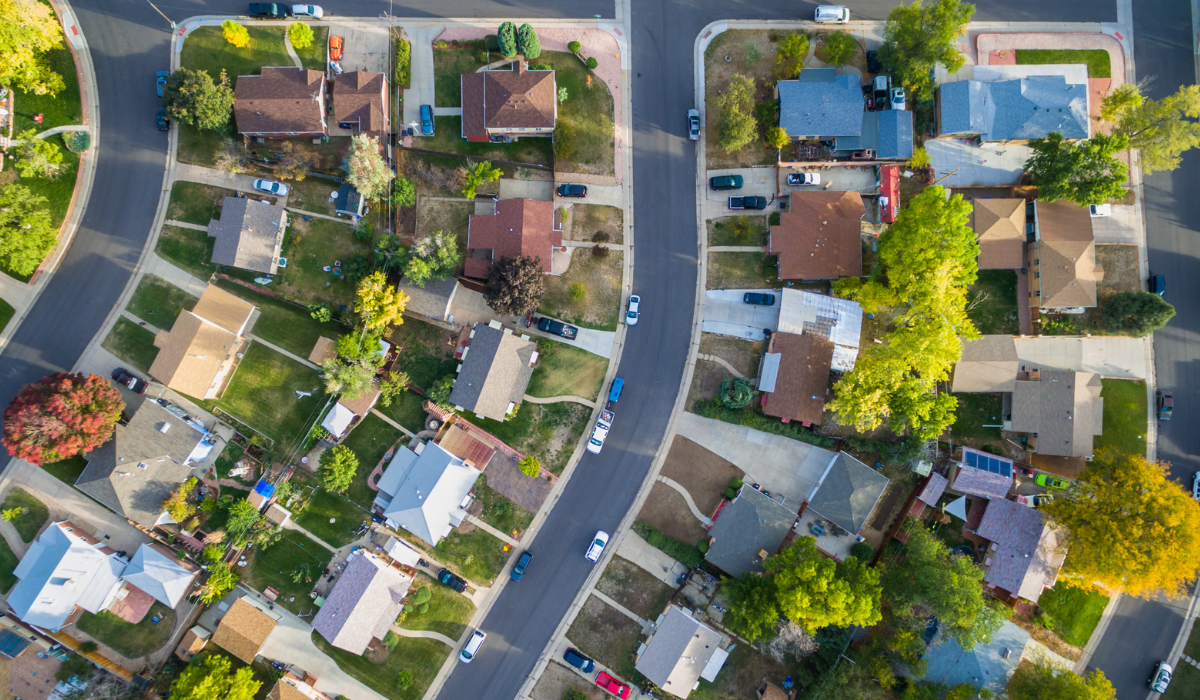What Is Zoning?
Zoning refers to municipal or local laws or regulations that govern how real property can and cannot be used in certain geographic areas. For example, zoning laws can limit commercial or industrial use of land to prevent oil, manufacturing, or other types of businesses from building in residential neighborhoods.
These laws can be modified or suspended if the construction of a property will serve to help the community advance economically.
KEY TAKEAWAYS
- Zoning allows local governments to regulate which areas under their jurisdiction may have real estate or land used for particular purposes.
- Examples of zoning classifications include residential, commercial, agricultural, industrial, or hotel/hospitality, among other more specific designations.
- Zoning laws can be changed by a local government as long as they fall within state and federal statutes, and a particular plot of land may be rezoned based on consideration.
How Zoning Works
Zoning outlines what types of developmental and operational use of land is allowed on a given tract. Municipalities tend to partition districts and neighborhoods according to a master plan. This may be done to promote economic development, control traffic flow, manage noise levels, reserve living space for residents, and protect certain resources.
Examples of zoning classifications include industrial, light industrial, commercial, light commercial, agricultural, single-family residential, multiunit residential, and schools.
Local government might ban the use of residential property for business purposes to keep commercial activity confined to specific parts of town. Such zoning can lead to conflicts if residents dispute the designated usage.
Zoning laws can also regulate the details of construction in specific neighborhoods. For example, zoning can limit the maximum height of buildings in a given area regardless of the type of construction allowed. High-rise residences or offices could be banned on particular parcels through zoning regardless of whether the buildings otherwise comply with the laws.
The presence of zoning restrictions can influence prices when purchasing a piece of property. Real estate might sell at a premium based on how many limits were put in place by the municipality.
In 1926, the U.S. Supreme Court ruled that properly drawn zoning ordinances were a valid exercise of states’ governing power. Zoning became constitutional by the court as a result of the case of Village of Euclid v. Ambler Realty.1
Economic Theory of Zoning
According to Nobel Prize-winning economist Ronald Coase’s Theorem, in the absence of transaction costs, questions and disputes over land use and development could be solved optimally without government regulation. Under the assumptions of Coase’s Theorem, how a given piece of land should be used and what type of activities should be permitted could simply be negotiated among the parties involved to achieve an economically efficient outcome.2
Coase’s Thorem illustrates why, in the real world—where transaction costs do occur and frictionless bargaining among stakeholders is unlikely—land use regulations such as zoning and other government-imposed solutions are the norm.
Critiques of Zoning Law
There are varied critiques of traditional zoning implementation.
Some critics claim that zoning creates and widens the disparity of quality of life among socioeconomic groups. For example, a township might maintain zoning laws that restrict heavy industrial and commercial development to tracts of land adjacent to lower-income neighborhoods. The effects of such policies would let more affluent parts of town avoid the associated noise and pollution.
Areas that continue to be zoned for low-density residential neighborhoods with a housing shortage are contributing to homelessness in their area by refusing to allow more residential housing units to be built.
A more modern critique of zoning that segregates commercial and residential areas is that it makes residents dependent on cars. A more integrated, walkable neighborhood where people could get groceries, work, and recreate close to their homes would allow them to forgo the environmental and financial costs of car ownership. If zoning allowed for walkable neighborhoods, less space would have to be devoted to roads and more space could be reserved for housing and green space.
Special Considerations
Alterations to zoning laws are possible even without full repeals of the current legislation. A developer or property owner can apply for variances that would allow certain exceptions to zoning regulations. This would let property be used in ways generally not permitted—for example, the owner of a home-based business might request a variance to allow the operations to continue.
Applicants for variances might be required to explain why the variance is needed and how the change will not cause significant disruption or detriment to the surrounding community.
Who Controls Zoning?
There is no federal agency for zoning, so who controls the zoning in your area depends almost entirely on where you live. It is controlled at the county level in some cases, at the city level in others. Sometimes zoning is decided by a zoning office, and sometimes it is controlled by a land use office.
How Can You Get the Zoning Changed on Something?
First, you’ll have to figure out who controls the zoning in your area. Then they usually will have a process by which you can appeal the zoning on something, but the specific steps will vary depending on where you live. Getting advice from a local real estate lawyer is advisable.
Can Zoning Laws Stop Me From Building on My Property?
Yes. You may own the land on which you want to build, but you still will have to abide by zoning laws that may say you can’t build a building of a certain size, or for a certain purpose, or any number of other regulations.
The Bottom Line
Zoning was originally created to design uniform neighborhoods, control traffic patterns, and—when done right—allow room for a city to grow. Zoning implementation had several unintended consequences and unfortunately contributed to increased income inequality and racial wealth disparities. With modern times, zoning practices will have to adapt to growing populations and needs.
